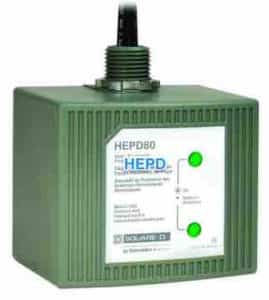Installing a whole-house surge protector (HEPD) is extremely easy.
What is a HEPD? Well everyone nowadays knows what a surge protector is. Most of us have one connected to our computers and maybe our expensive TVs. But what about our other much more expensive other electronics.
Now sure about your house. But let’s just think about this for a minute.
Here’s my list.
All of my TV stuff, cable box, TV, surround “Maybe Protected”

Washer, dryer (Both computer-controlled) “Not Protected”
All of my kitchen appliances. Even my refrigerator is computer-controlled. “Not Protected”
The TV hanging on the wall in my bedroom, “Not Protected”
Hey here’s one for you. How many of you actually plug your cell phone into any outlet to charge.
How about that little computer control module in your heating system?
I’m sure I have a few more that I just can’t think of at that moment.
What exactly doe’s a HEPD do? Well HEPD stands for “Home Electronics Protective Device” When installed properly in the main panel it protects everything in your house.
Installing the HEPD
You’ll need to install a two-pole breaker (220) This will connect to the two hot legs in the panel. In other words, if you were to connect to one hot leg it would only be protecting half of your house. So since we’re going there we don’t need to talk about that. Do we?
Simple. Two black wires connect to the two-pole breaker, one ground (green) to the ground bar and the white to the neutral bar.

Comments ( 4 )
Does this device act like a ( GFI ) Ground Fault Interrupter so all outside and plugs and wet areas would be protected
No, this is just a spike / surge protection.
Does it matter which breaker slot the device is installed in. If my top spot is occupied should I move that breaker?
It does and it doesn’t. Just try to stay away from the bottom, bottom. On the bottom there may not be a connection